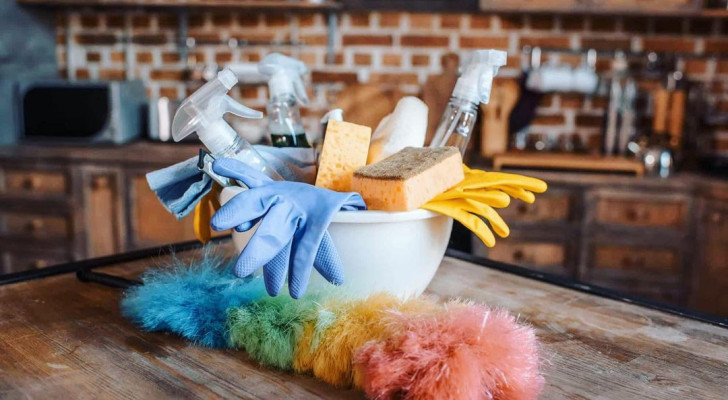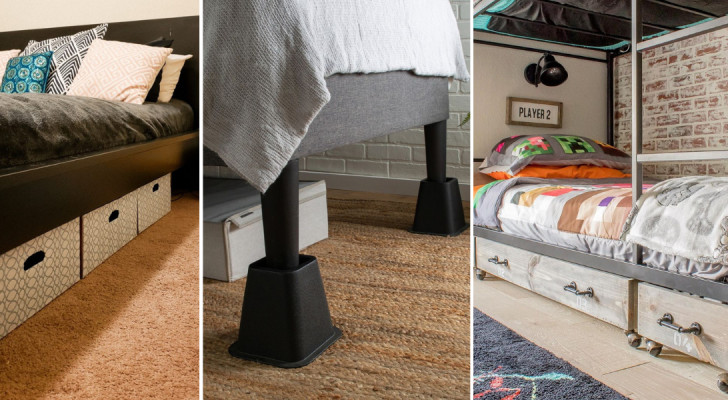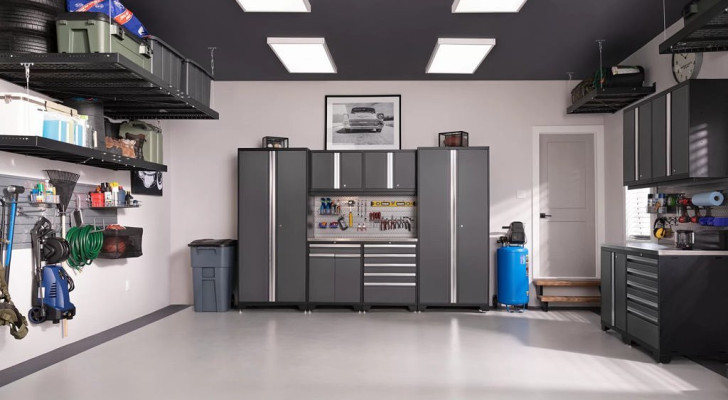The oven's self-cleaning function: how to use this to clean safely and efficiently
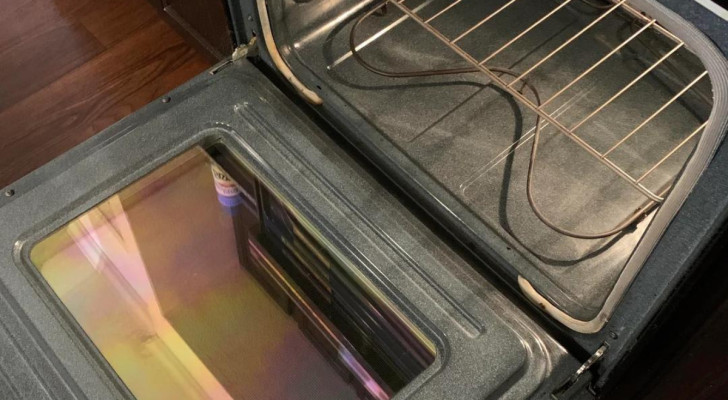
The oven is an incredibly difficult appliance to clean due to how "tough" baked-on grease and grime can be to remove. Adding to this, is the bad habit many have of continually postponing doing this challenging chore.
Some modern ovens are equipped with a self-cleaning technology, capable of removing oven grime food and reducing the amount of cleaning you have to do yourself. However, not everyone is confident in using this function safely and continue to clean their ovens "the old-fashioned way".
So, how does one use the oven's self-cleaning function effectively and safely? We'll explain how in this short guide:
What is a self-cleaning oven and how does it work?
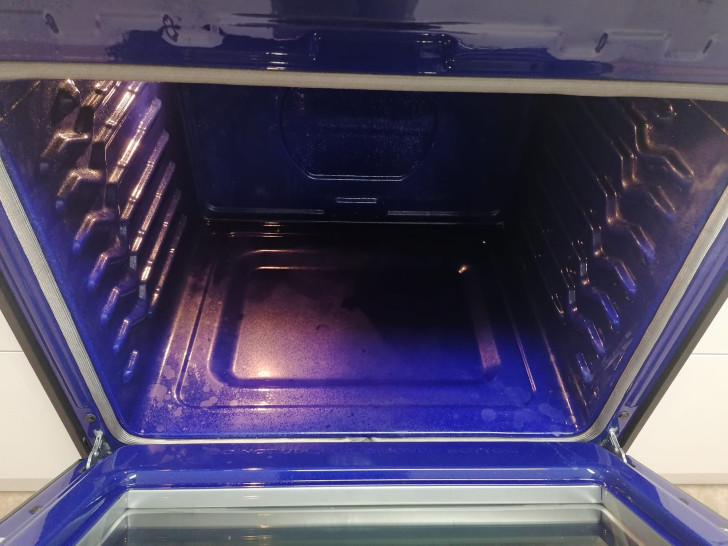
Some modern ovens are equipped with a special, self-cleaning technology which will allow you to save a lot of cleaning effort. Also known as pyrolytic ovens, these models use extreme heat to clean residue from the internal walls of the appliance. Pyrolysis - from which these ovens derive their name - is a process of thermally degrading organic material using heat. Pyrolytic ovens can reach very high temperatures - up to 500 degrees C - when this function is activated.
At the end of the heating operation, the oven will cool down quickly thanks to a very efficient ventilation system. When cool, an audible alert will sound.
Some models also have special ash-collection boxes/trays to collect any burned-off debris. Ovens without these trays can simply be wiped clean of burned-off debris by using a damp cloth.
How to use the self-cleaning function effectively and safely
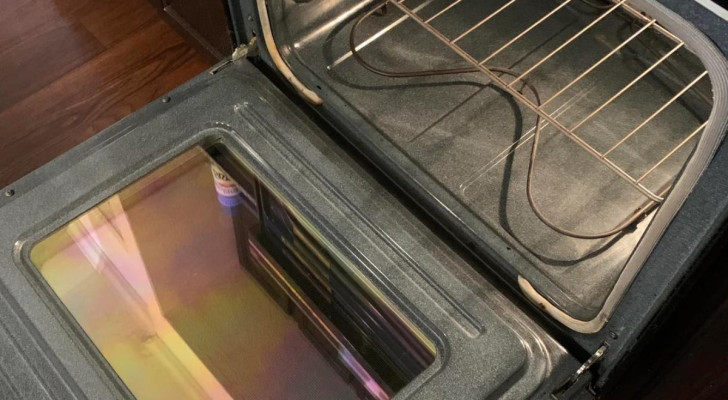
So, how can this technology be used effectively and safely? Let's first be clean that ovens of this type are totally insulated and will perform this super-heating function without damaging itself or your kitchen. The carbonization of food residue could, however, release burnt particles into the air: so, if you have allergies, stay out of the kitchen during the process.
Before starting, ensure you have read the oven's instruction manual. Do not deviate from the steps and procedures outlined in the manual.
Remove all flammable objects - such as tea towels and food containers - from the vicinity of your oven before starting the function and keep your pets away from the kitchen. Make sure to open the windows to ventilate the room.
Take out all the removable parts from the oven and remove any (easily shifted) grease and food debris by using a vacuum cleaner or a cloth moistened with white vinegar. Once done, turn on the self-cleaning mode: the door will lock and now all you have to do, is wait. Some ovens may take up to 3 hours for this process to complete. In the meantime, you can can clean the parts of the oven your removed earlier.
The oven's door will unlock once it has cooled down, allowing you to remove any ash that has settled on the bottom.
By following these tips, your oven can easily clean itself without causing any collateral damage.
